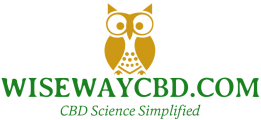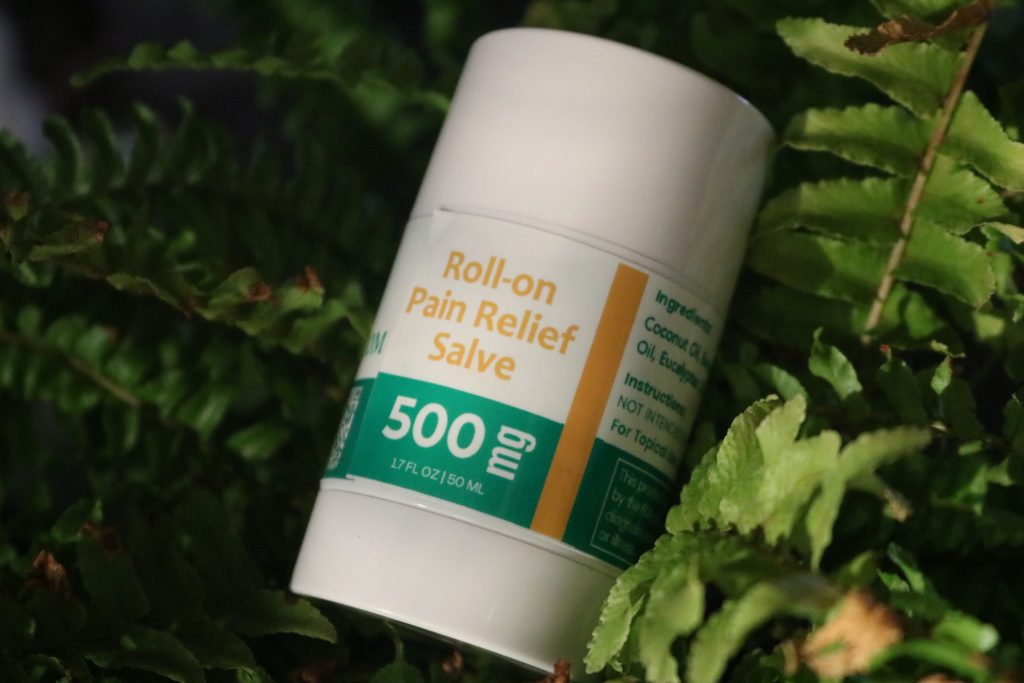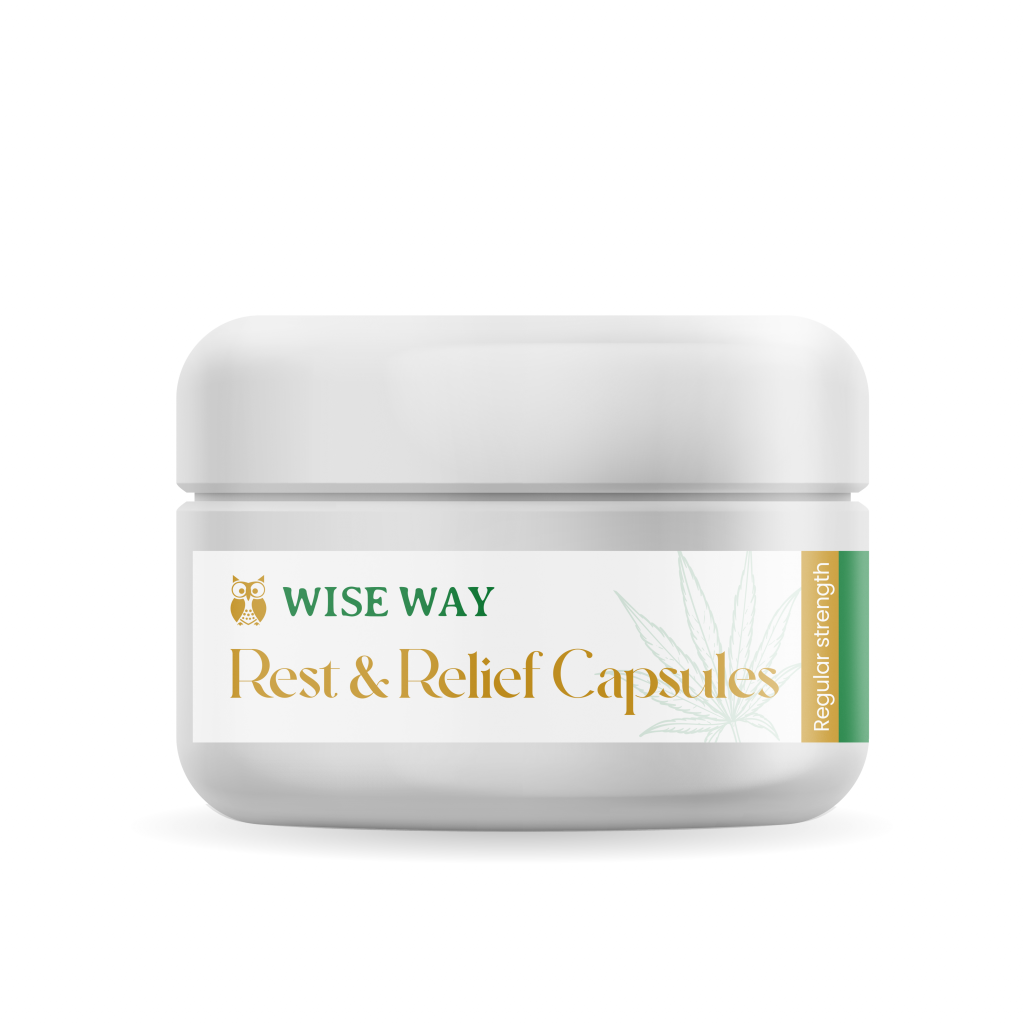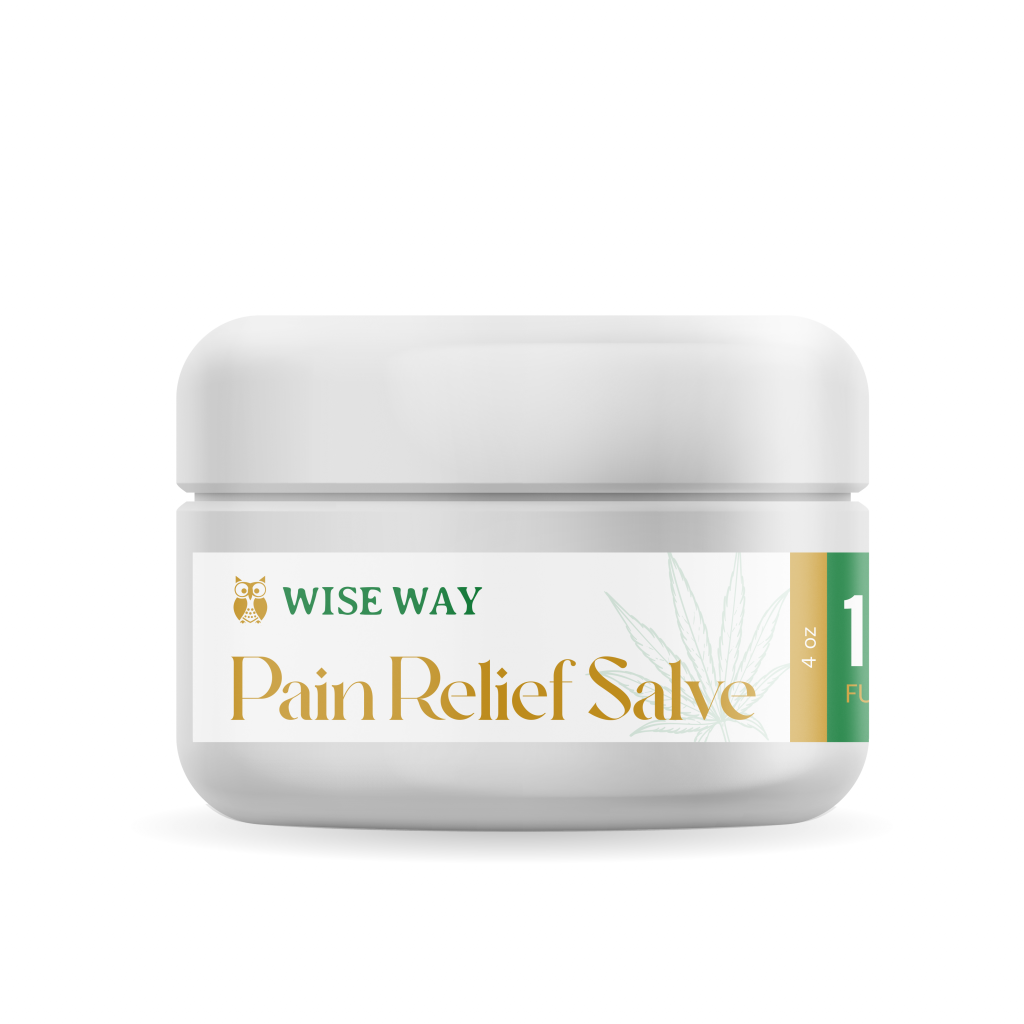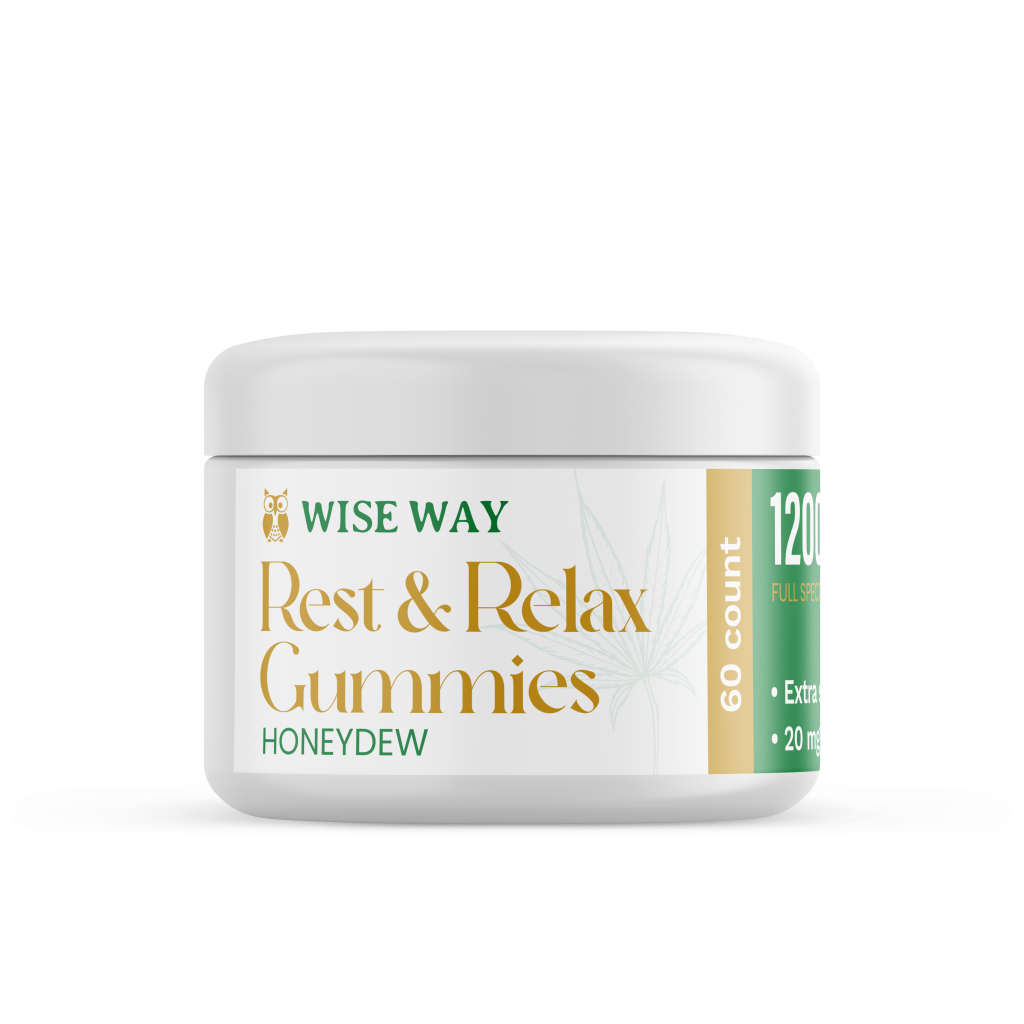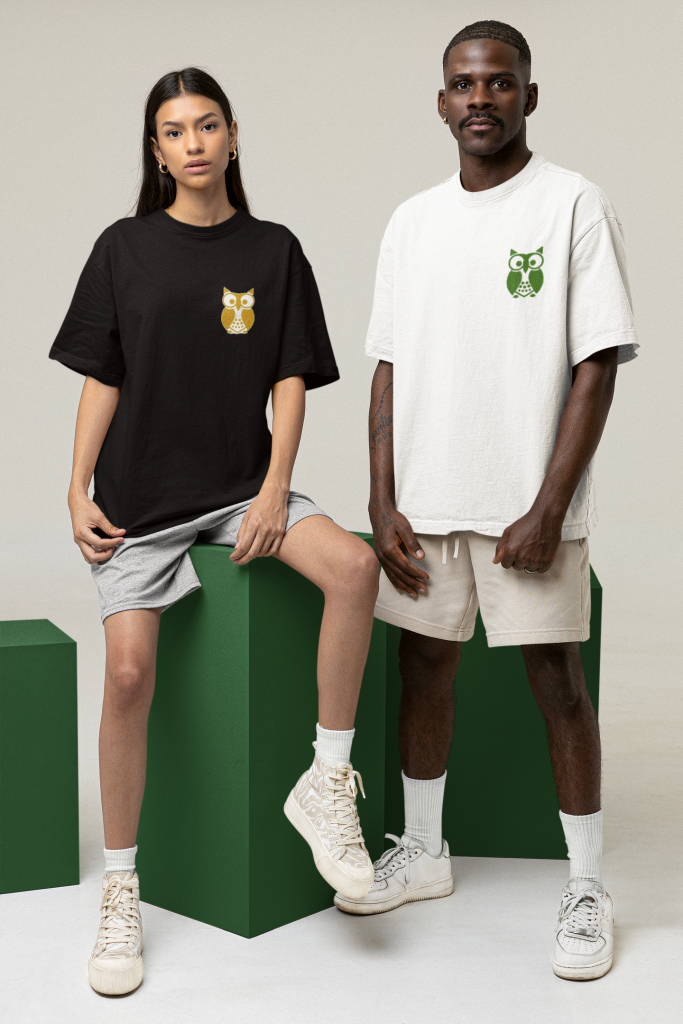CBD 101
What Is CBD?
The acronym CBD stands for Cannabidiol —one of many beneficial active ingredients known as phytocannabinoids that are part of cannabis sativa, commonly known as the hemp plant. While THC is another phytocannabinoid you’re probably familiar with, CBD is THC’s less wild cousin with NO psychoactive properties what-so-ever. Based on specific formulations with other all natural active ingredients, these phytocannabinoids including CBD, CBG and CBN work with our own body’s endocannabinoid system to help ease the daily stresses of life, promote restfulness, give us some pep in our step or can help us focus to get through the day’s tasks at hand.
Pure Isolate vs. Full Spectrum
Infinite CBD handcrafts 2 main types of cannabidiol products. Our “Pure Isolate” products contain only the cleanest form of powerful CBD (Zero THC), while our “Full Spectrum” products contain a plethora other naturally beneficial compounds of the hemp plant. These include terpenes, other trace cannabinoids and a hint of tetrahydrocannabinol (THC)— the cannabinoid in the cannabis plant that produces that slightly “high” feeling.
Cannabinoids
CBD
Cannabidiol aka CBD is the second most well-known cannabinoid. Unlike THC, CBD lacks psychoactive effects. Its power is found in the many therapeutic and medicinal effects. CBD actually reduces the psychoactive effects caused by THC, which means it has a sobering effect when taken after high doses of THC.1CBD has also been shown to promote healthy sleep patterns. It possesses great promise in treating diseases like Alzheimer’s, Parkinsons, epilepsy, insomnia, and strokes just to name a few. It has shown the ability to reduce seizure in children with different seizure disorders. For this reason it has been majorly researched as medicine.2CBD has neuroprotective effects, preventing the short-term memory loss associated with THC and also help protect the brain from injury. On top of this, it is anti-inflammatory helps bone growth and also reduces pain.3
THC
THC is the major psychoactive component in cannabis sativa. It brings about the sensation of being “high” by binding to CB1 receptors located in the brain.1 This works to release the psychoactive feelings of euphoria, increased appetite, relaxation, time distortion and increased socialization. THC also has many therapeutic effects. Some of its beneficial effects include reducing nausea, vomiting. and pain reduction.2Side effects of THC include an increased heart rate, red eyes, dry mouth, and sedation. Over consumption of THC can cause increased reflex, and panic attacks. Psychological effects of THC may include decreased short-term memory while under the influence.
CBN
Cannabinol aka CBN is another distinctive cannabinoid. The production of CBN does not happen within the plant, but after.CBN is the product of degraded THC. In a fresh cannabis plant there is usually only a small amount of CBN. CBN content increases as THC degrades in storage. This can happen when THC has excessive exposure to light, air or heat. The degradation of THC happens slowly over an extended amount of time.CBN is only mildly psychoactive. It has been researched for its anti-epileptic drug effects, antibacterial effects, pain relief and appetite stimulation. What CBN products are majorly used for are their overwhelming sedative effects.
CBC
Cannabichromene aka CBC has a major role in anti-inflammatory, antiviral and also antifungal effects. It inhibits growth in a tumor and cancer cells. It also inhibits bone growth. Like CBD, CBC is also non-psychoactive.CBC is usually found in tropical cannabis varieties. Its effects appear to be mediated through non-cannabinoid receptors.
CBG
Cannabigerol aka CBG serves as a building block from which other natural cannabinoids are produced. This means all other cannabinoids (CBDa, THCa, CBNa, etc.) come from CBG, and it is fundamental to the overall effects of cannabis. Light and heat break CBG into THCa, CBDa, CBNa and they are converted to other cannabinoids through the same process.CBG is not very prevalent in most cannabis strains, likely because it is converted to other cannabinoids. CBG does occur in greater proportions in certain strains. CBG cannabinoids have been found to have many therapeutic effects. CBG has been shown to inhibit tumor growth and promote cell death in cancer cells. It has anti-inflammatory, neuroprotective, antifungal and antibacterial effects.
THCa
Tetrahydrocannabinolic acid aka THCa is a non-psychoactive cannabinoid and a primary constituent of live cannabis. THCa is the acidic form of THC. The difference appears when THC converts to THCa through exposure to heat or sunlight. In its raw form, THCa cannabinoids may have a multitude of therapeutic applications.Raw cannabis consumption is the best way to consume THCa and CBDa. It helps that these molecules are non-psychoactive and have many health benefits. The acidic forms can be consumed at significantly higher levels and THCa may potentially act as an effective neuroprotectant, antioxidant, antispasmodic, anti-inflammatory, antiemetic, appetite stimulant, and pain reliever.
CBDa
Cannabidiolic acid aka CBDA is another non-psychoactive cannabinoid and the acidic precursor to CBD. CBDA can be found in the raw form of cannabis, particularly in the hemp plant and high CBD yielding strains. CBDA converts to CBD through decarboxylation, which occurs when cannabis is exposed to heat or sunlight.CBDA can be consumed by juicing with raw cannabis, and may also be found in tinctures, topicals and capsules. CBDA shows promise as an anticonvulsant, anti-nausea and vomiting agent, analgesic and anti-inflammatory. CBDA may also have antibacterial, antioxidant and cancer preventing properties.
Featured Products
$32.00
$20.00
Sign Up
Be the first to hear about our incredible sales, new products & wellness news to help your day be the best day ever!
Not Sure Which CBD Type Is Right For You?
Take our product quiz and get personalized results specific to your needs

